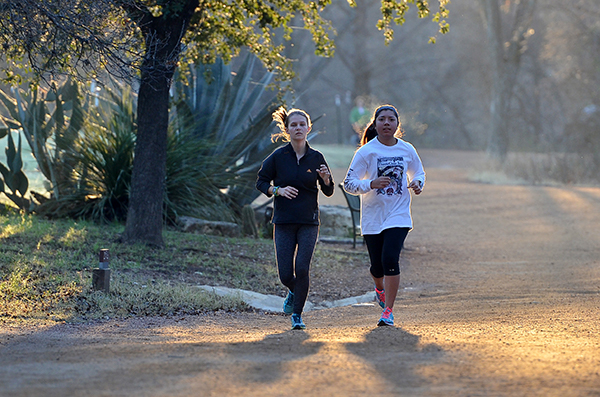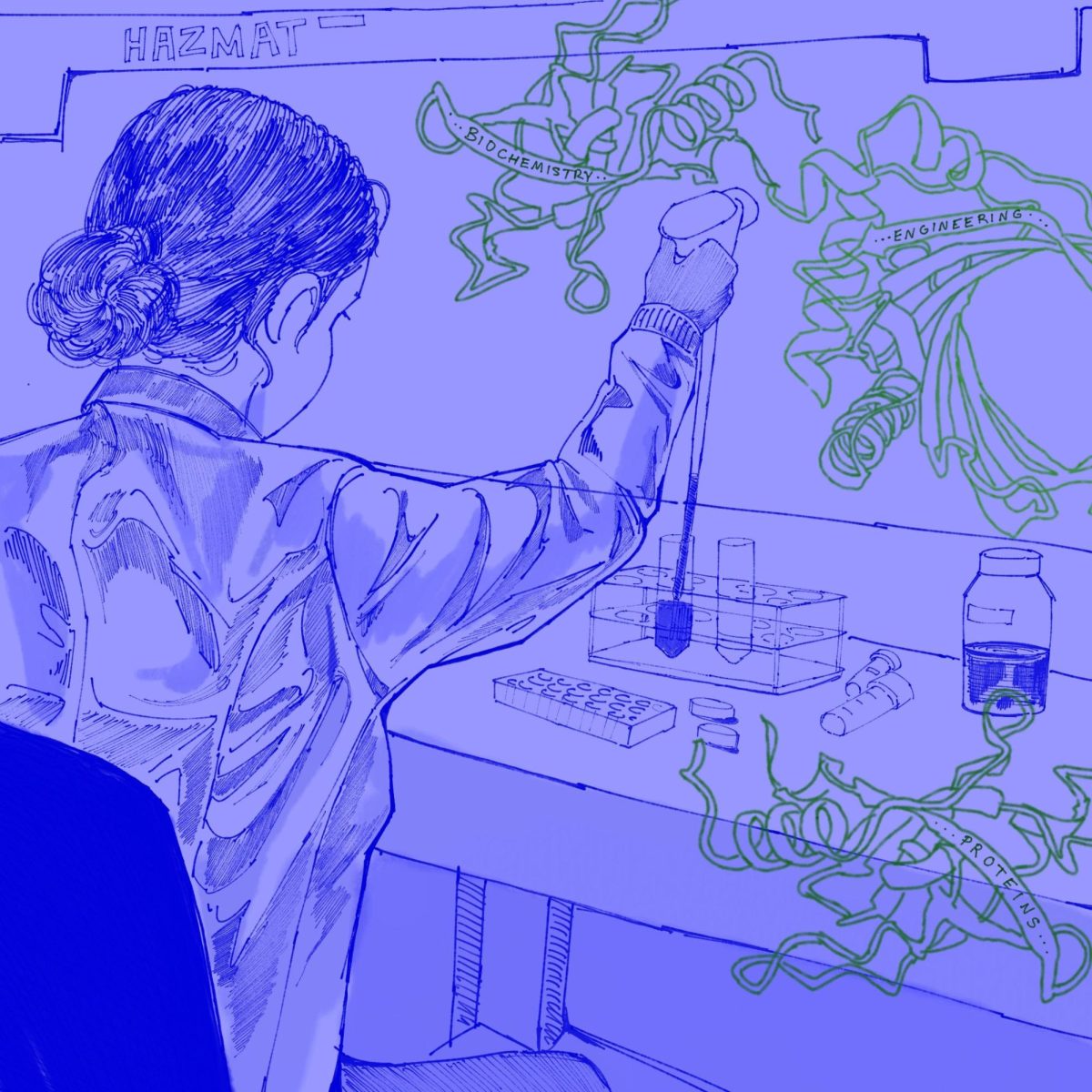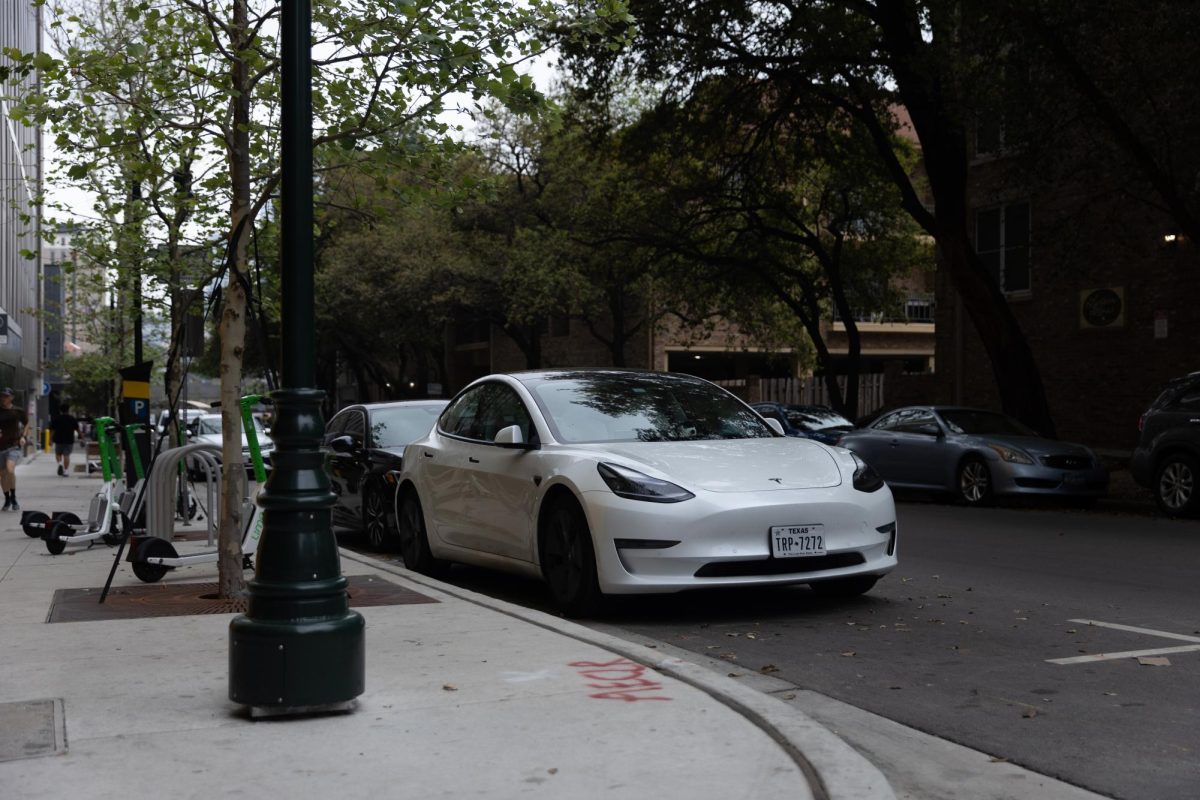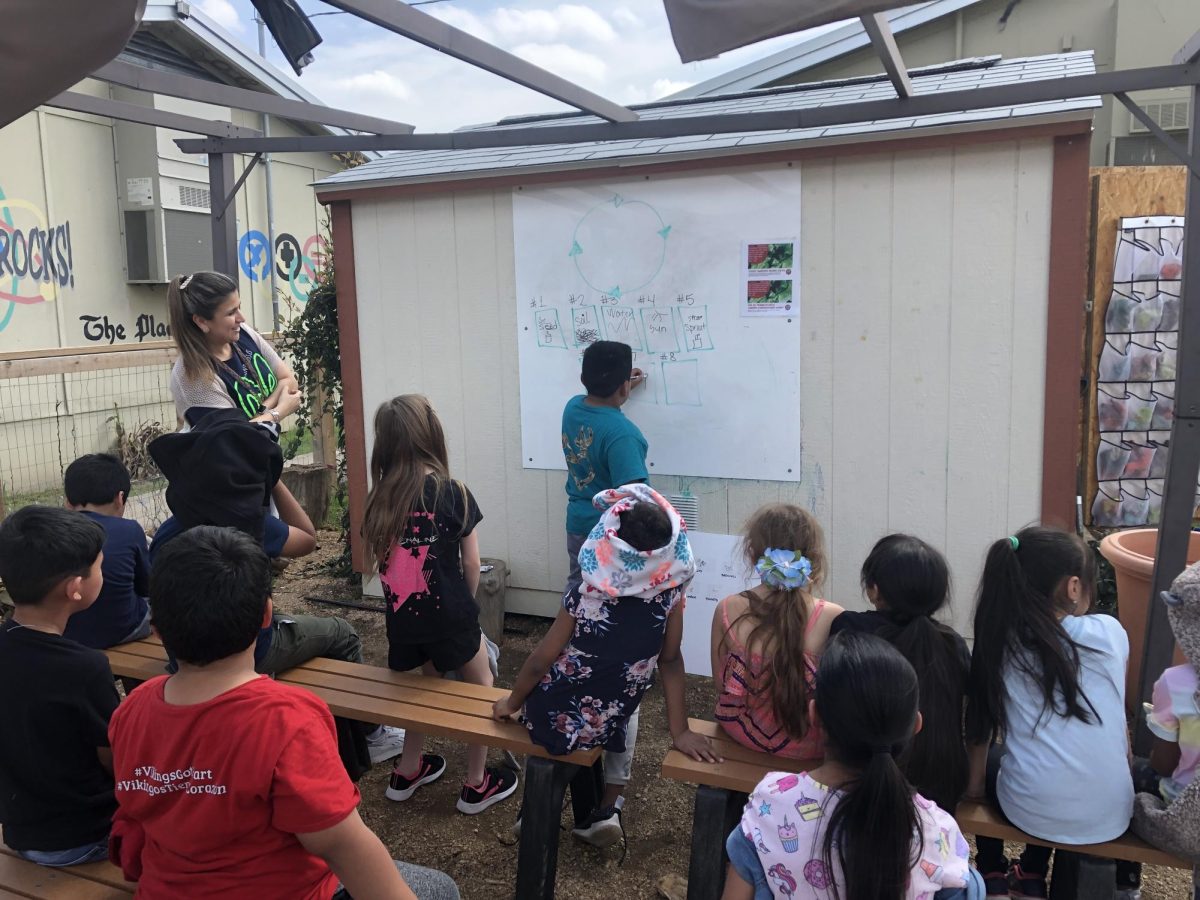Four biomedical engineering seniors created a device they said could be implemented as a physical therapy tool to help patients modify their running form in real time.
The team of inventors consists of Jessica Fritz, Vignesh Ravindranath, Aradhana Sridaran and Sarah Bi. Fritz said the project came about when they were asked to solve a medical problem in their senior design class, which is required for all biomedical engineering students.
“We kind of honed in on a running form device because there’s not really a device out there that tracks your form,” Fritz said. “I know I have a Fitbit, and most people have Apple Watches, but they just tell you how fast you’re running.”
Fritz said everyone in the group is a runner. Some ran competitively in high school, while others run to maintain physical health.
“The project really related to me because since I was in high school, I have always been a runner,” Sridaran said. “Naturally, physically therapy and running was of big interest to me.”
After doing some research and talking to experts, Sridaran said they found physical therapy patients’ main issue was not knowing how to position their body correctly while running when they weren’t at the doctor’s office. They also discovered every runner over time will experience runner’s knee, which is a commonly felt irritable sensation within the knee joints when a runner neglects their form.
“We first considered what good running form technique was and what injuries may be caused by incorrect running technique,” Ravindranath said. “(Runner’s knee) can be caused by a lot of factors. Why we think our device is special is we try to address all those factors that lead to runner’s knee, where as other devices in the market may only address one factor or another.”
Ravindranath said the prototype has embedded sound output sensors that notify the subject wearing the device if they are positioned incorrectly.
“We have pressure sensors on their feet and sensors on the hip and ankle to take various measurements and produce sound outputs in real time,” Ravindranath said.
According to the team, the device is still in its prototype phase but is operational.
“It took a lot of work,” Sridaran said. “I remember that weekend, we spent around 35 hours for that single device. It was cool to see that it could actually manifest into something useful.”





















